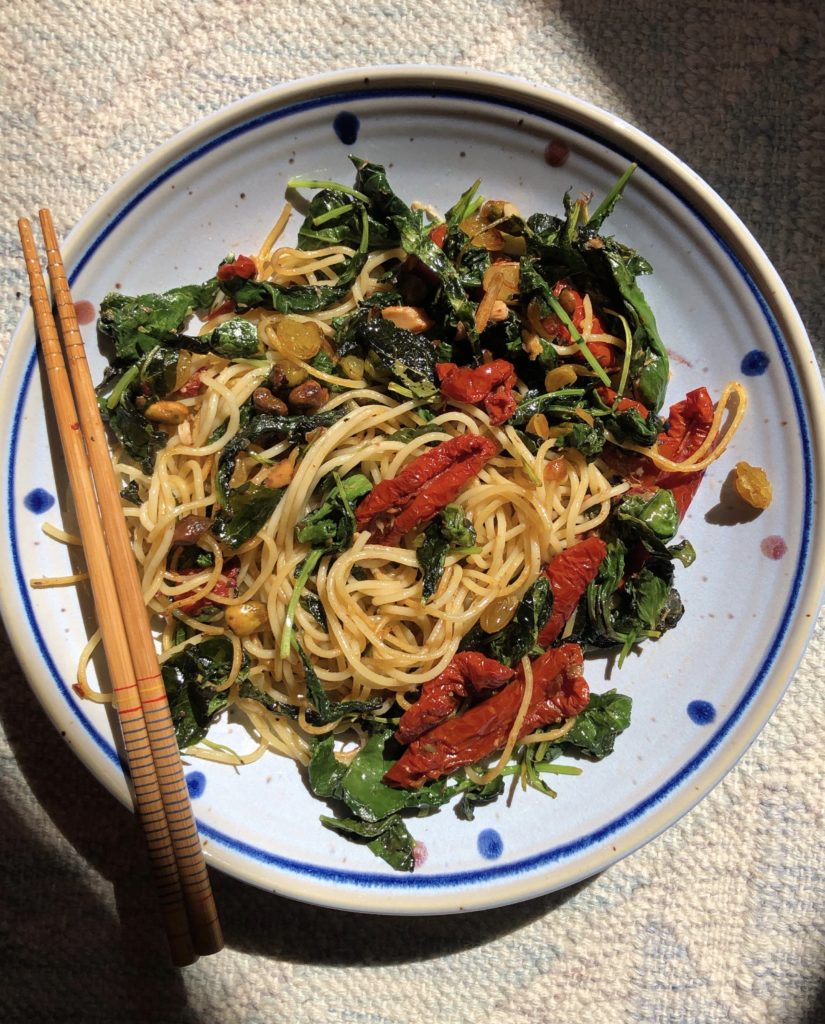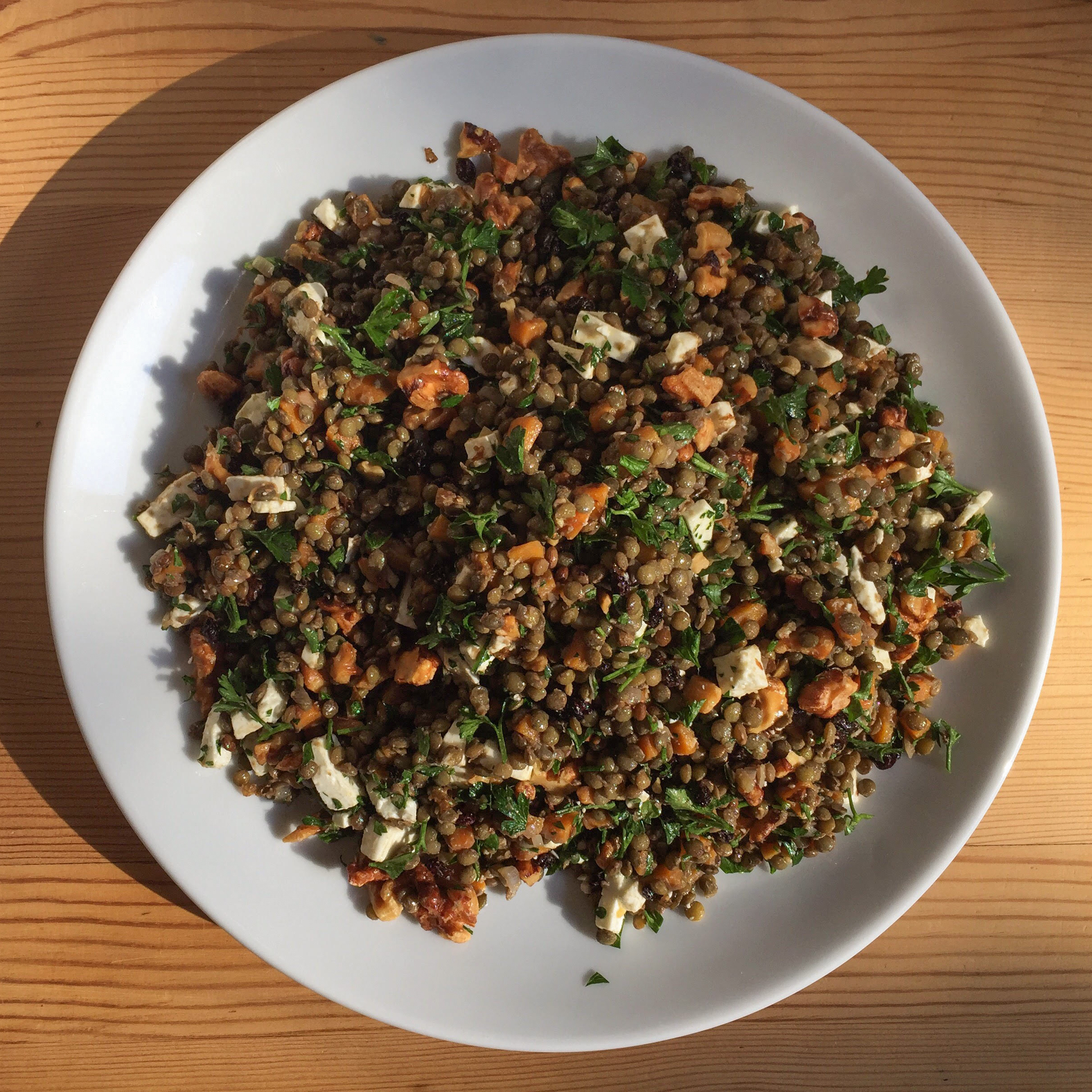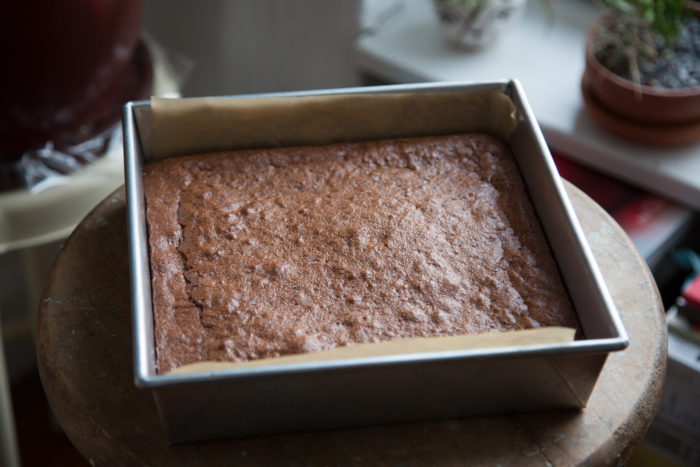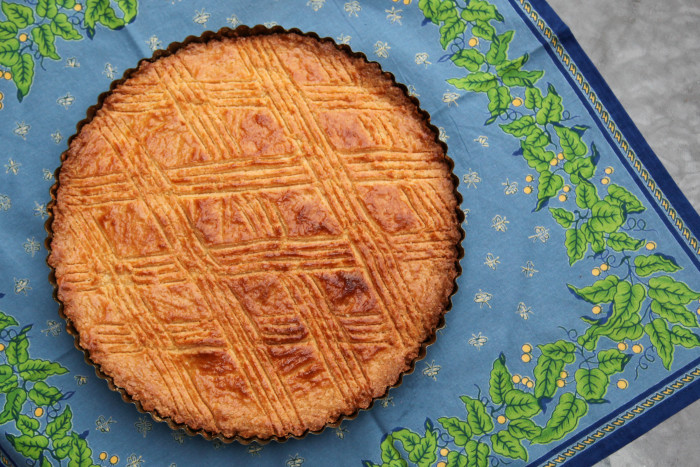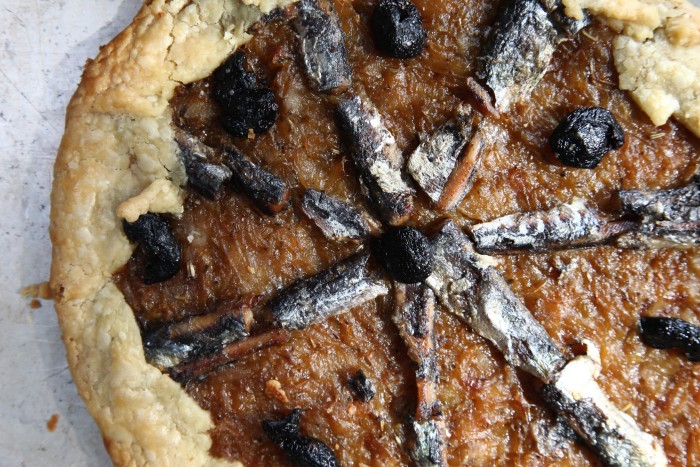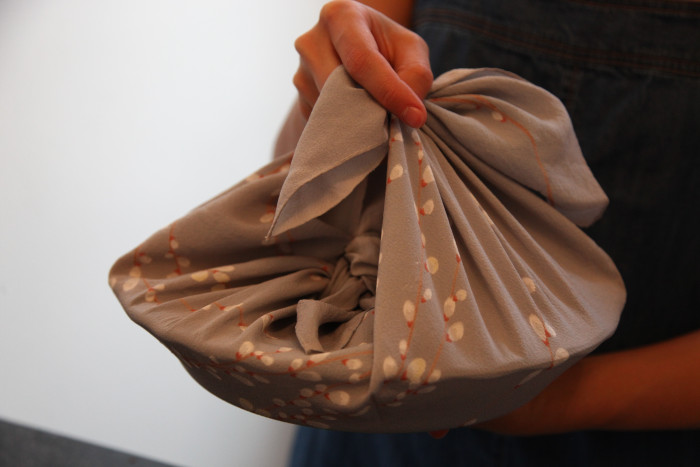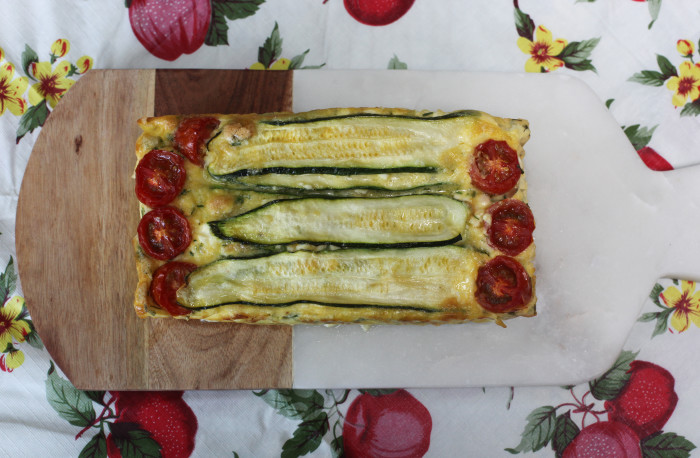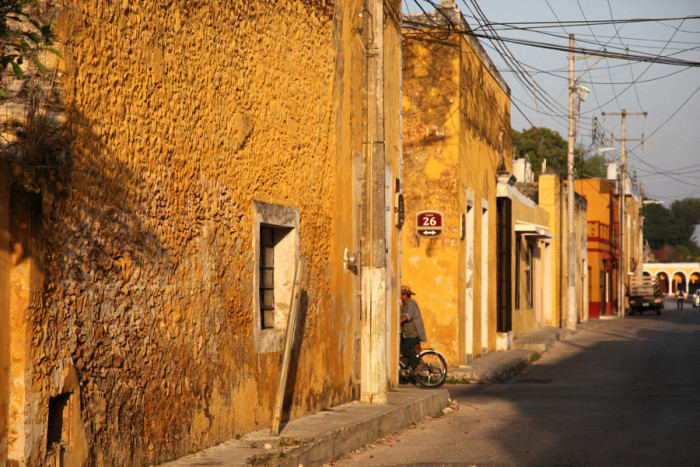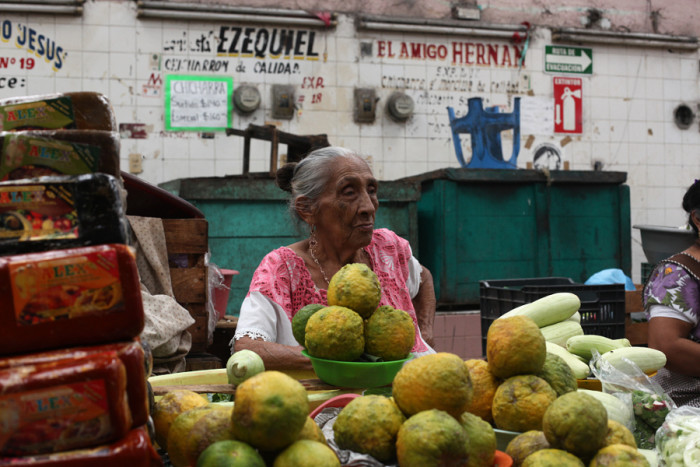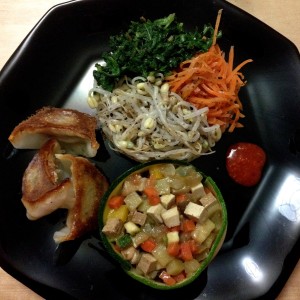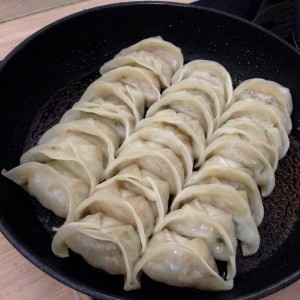soy-lemon chicken stew
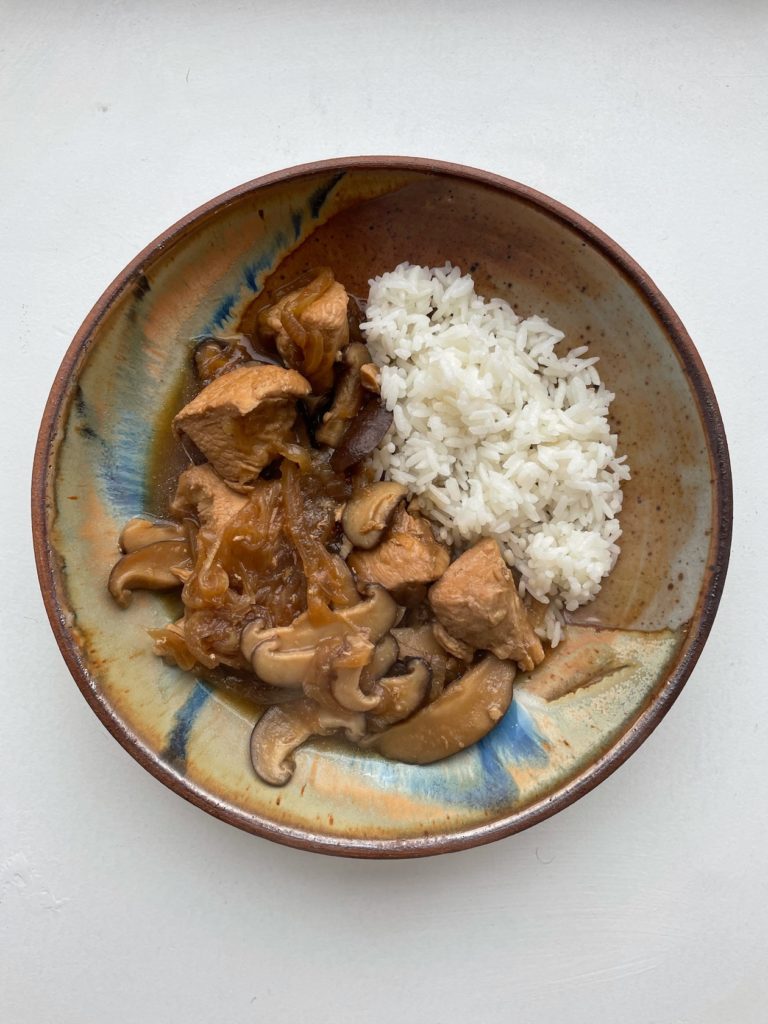
These past few months, I’ve been thinking about my mother’s cooking—how in some ways her flavors and techniques have stayed the same, are so recognizable to me, and how in other ways, they have dramatically changed over the years. Something strange happens when we seek out the flavors from our childhood and realize they’re no longer quite there. That dissonance is a bit jarring, but isn’t it natural that my mother’s cooking would change over time? I see it with my own cooking and how it’s evolved since my early twenties. I use the oven much more, out of convenience but also because our current kitchen has no ventilation. I’m a more adventurous cook with a wider repertoire. I’m also lazier now that I find myself preparing lunch and dinner for two on most days, and it can be hard to remain inspired. How easy it is to eat a bowl of fried rice with eggs, or a salad.
Read the rest of this entry »
